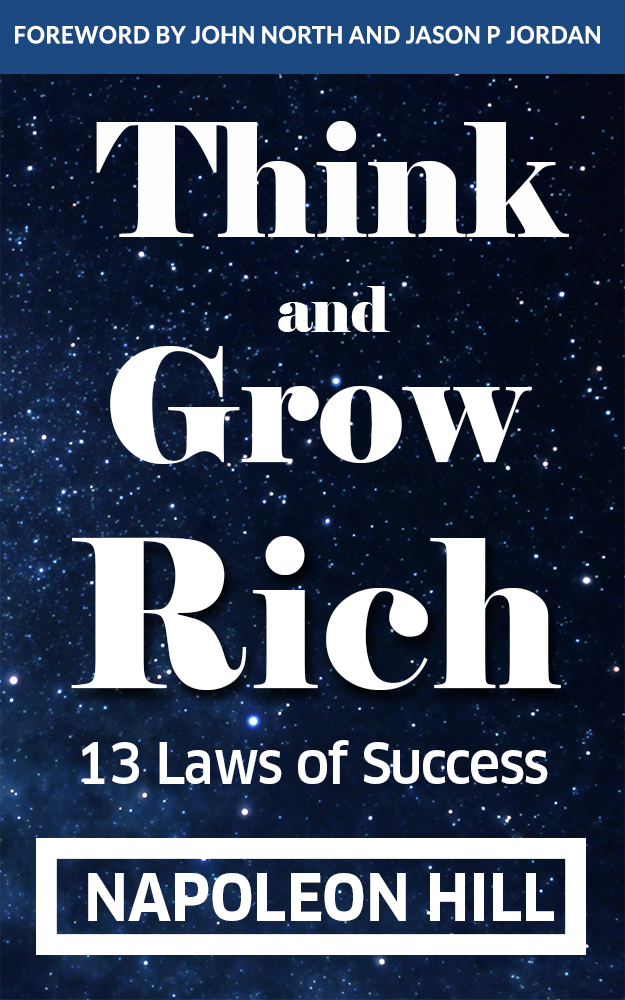Shattering Identity Bias:
Mona Shindy's Journey from Migrant Child to Navy Captain and Beyond
by Mona Shindy
GRAB A COPY HERE: https://evolvepreneur.club/show-book/B09SP2Q1FD
Shattering Identity Bias:
"Shattering Identity Bias" by Mona Shindy. The book details Shindy's experiences as the first female Muslim to serve in the Royal Australian Navy, highlighting her personal journey, struggles against bias, and efforts to drive cultural reform.
Main Themes:
- Navigating Intersecting Identities: Shindy recounts the complexities of navigating life as a Muslim woman in a predominantly white, male-dominated institution. She constantly negotiates expectations from both her Muslim community and the Navy, facing prejudices and stereotypes from both sides. Her story emphasizes the challenges of belonging when belonging to multiple minority groups.
- "It details the incredible personal work required to move between seemingly disparate groups and navigate the challenges of being seen (and asked) to represent these groups, while at the same time not feeling that any one of these groups truly reflects who she is." - Dr Samantha Crompvoets, Foreword
- Resilience and Perseverance: Shindy's journey is marked by challenges, ranging from subtle microaggressions to blatant discrimination and harassment. Despite facing prejudice, sexism, and Islamophobia, she perseveres, achieving professional success and advocating for change within the Navy.
- "Her story is one peppered with tragedy, setbacks and grit, as well as resistance and conquest at each milestone." - Praise for 'Shattering Identity Bias'
- Championing Cultural Reform: Recognizing the systemic biases within the Navy, Shindy embraces her role as the Strategic Adviser on Islamic Cultural Affairs. She actively engages in dialogue, education, and policy reform, working to create a more inclusive environment for all minorities.
- "We have to start somewhere and work out how to attract and retain the most capable Australians from diverse backgrounds to deliver the right capability effect into the future." - Deputy Chief of Navy
- The Power of Visibility: Shindy's decision to wear the hijab while in uniform, despite internal resistance, exemplifies the importance of visibility and representation. Her actions challenge preconceived notions and pave the way for future generations of Muslim women in the ADF.
- "In an environment where the media images of Muslims are by far more negative than positive, any opportunity to present the other face of Muslims' contribution to Australia... can only be a good thing for community cohesion and respectful integration." - Mona Shindy
Important Ideas and Facts:
- Early Life and Influences: Shindy's upbringing in a migrant family instilled in her the values of hard work, resilience, and community. Her father's untimely death further strengthened her resolve to excel and contribute positively to society.
- Challenges in the Navy: Shindy faced numerous challenges throughout her naval career, including sexism, subtle and overt racism, and a lack of understanding of Islamic cultural practices. She recounts incidents of inappropriate comments, exclusionary behavior, and even theft of personal belongings.
- Marriage and Family: Shindy navigates the complexities of balancing her demanding career with marriage and motherhood. She highlights the sacrifices she and her husband made, challenging traditional gender roles within her community.
- Advocating for Change: As Strategic Adviser, Shindy focuses on education, policy reform, and fostering dialogue between the Navy and the Muslim community. She advocates for practical changes like halal food options and inclusive uniform policies.
- Backlash and Betrayal: Shindy's efforts towards cultural reform are met with resistance, both internally within the Navy and externally from some media outlets. She faces accusations of being a "radical" and a "divisive" figure, highlighting the persistent Islamophobia present in Australian society.
- Seeking Justice and Closure: Shindy undergoes a formal inquiry into her treatment, seeking acknowledgment of the injustices faced and advocating for systemic change. Despite setbacks, she remains committed to improving the experiences of future generations within the ADF.
Conclusion:
"Shattering Identity Bias" is a powerful testament to the challenges and triumphs of navigating life with intersecting identities. Shindy's story is a call to action for greater understanding, inclusivity, and cultural sensitivity within the Australian Defence Force and broader society. Her courage and commitment to change serve as an inspiration for individuals and institutions striving for a more just and equitable future.
Shattering Identity Bias: An FAQ
1. What inspired Mona Shindy to write "Shattering Identity Bias?"
Mona Shindy's motivation for writing "Shattering Identity Bias" stemmed from a desire to document her personal experiences navigating a successful career in the Australian Navy as a Muslim woman. Throughout her service, she faced numerous instances of bias, prejudice, and systemic barriers. By sharing her story, she aims to shed light on the challenges faced by minorities in traditionally homogenous institutions like the military and inspire positive change toward greater inclusivity.
2. What were some of the challenges Shindy faced early in her naval career?
Early in her career, Shindy encountered various obstacles, particularly as one of the few women on board ships. These included:
- Disrespectful behavior: Sailors making inappropriate comments and leering as she boarded the ship.
- Invasion of privacy: The disappearance of her undergarments and finding them displayed inappropriately in the sailors' quarters.
- Lack of support against harassment: Experiencing the humiliating "crossing the line" ceremony and feeling unable to speak up about it.
3. How did Shindy's experience during the 2003 Gulf War shape her perspective on military service?
The 2003 Gulf War was a turning point for Shindy. She grappled with the moral implications of war and the potential for civilian casualties. This experience intensified her desire to serve with integrity and uphold her personal values even amidst the harsh realities of conflict. The incident where the crew misconstrued her difficulty firing a pistol as a threat highlighted the deep-seated biases she faced and the constant need to prove herself.
4. What led to Shindy's appointment as the Strategic Advisor on Islamic Cultural Affairs?
The Australian Navy recognized the need for greater diversity and inclusion within its ranks. As a highly accomplished officer and a Muslim woman, Shindy was uniquely positioned to advise on these issues. The Deputy Chief of Navy approached her directly to take on this pivotal role.
5. What were Shindy's key goals as Strategic Advisor?
Shindy outlined several objectives in her role, including:
- Improving recruitment and retention of Muslims: She aimed to increase the Navy's appeal among young Muslims by breaking down stereotypes and addressing cultural sensitivities in recruitment efforts.
- Promoting understanding of Islamic culture: Shindy conducted educational sessions and engaged with community leaders to bridge the gap between the Navy and the Muslim community.
- Advocating for policy changes: She worked toward formalizing accommodations for Muslim personnel, such as incorporating the hijab into the uniform policy.
6. How did the decision to allow the hijab as part of the Navy uniform come about?
Shindy actively championed the inclusion of the hijab in the Navy uniform policy as part of her role as Strategic Advisor. After years of advocating for this change and working with designers to create appropriate hijab styles that met Navy regulations, the policy was finally approved.
7. What kind of backlash did Shindy face after the hijab policy was implemented?
The hijab policy sparked criticism and negative media attention, some accusing the Navy of being "hijacked" by Islam. Shindy became a target of online attacks and was accused of promoting extremism, despite her longstanding commitment to inclusivity and her moderate views. This backlash led to her being closely monitored by the Navy, limiting her public appearances and restricting her career advancement.
8. What message does Shindy hope to convey through her story?
Shindy's story emphasizes the importance of embracing diversity, challenging biases, and fostering inclusive environments. She encourages individuals from all backgrounds to pursue their aspirations and contribute their unique talents to their chosen fields, despite the systemic barriers they might face. Her experience highlights the need for ongoing dialogue, understanding, and cultural sensitivity in creating a more just and equitable society.






